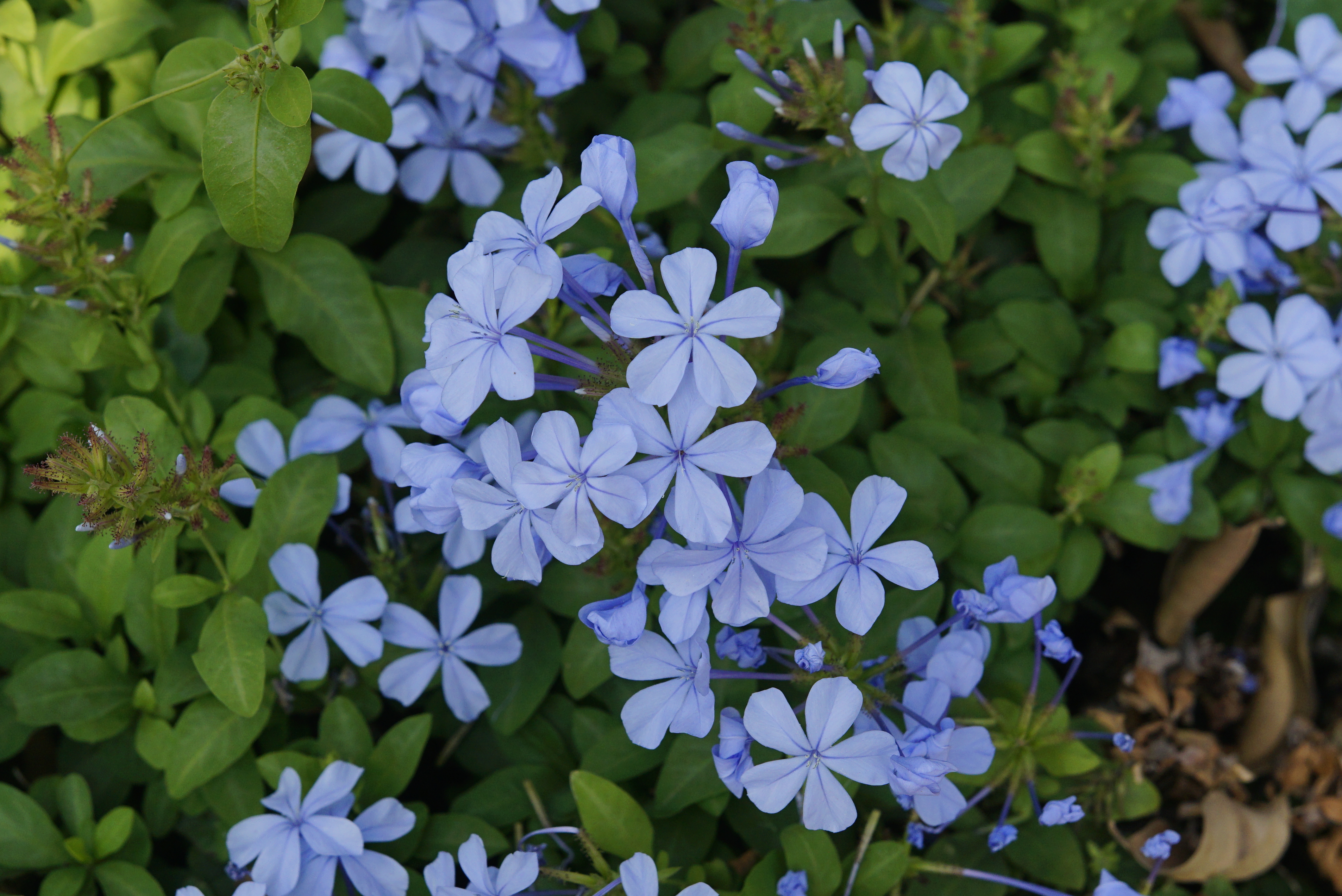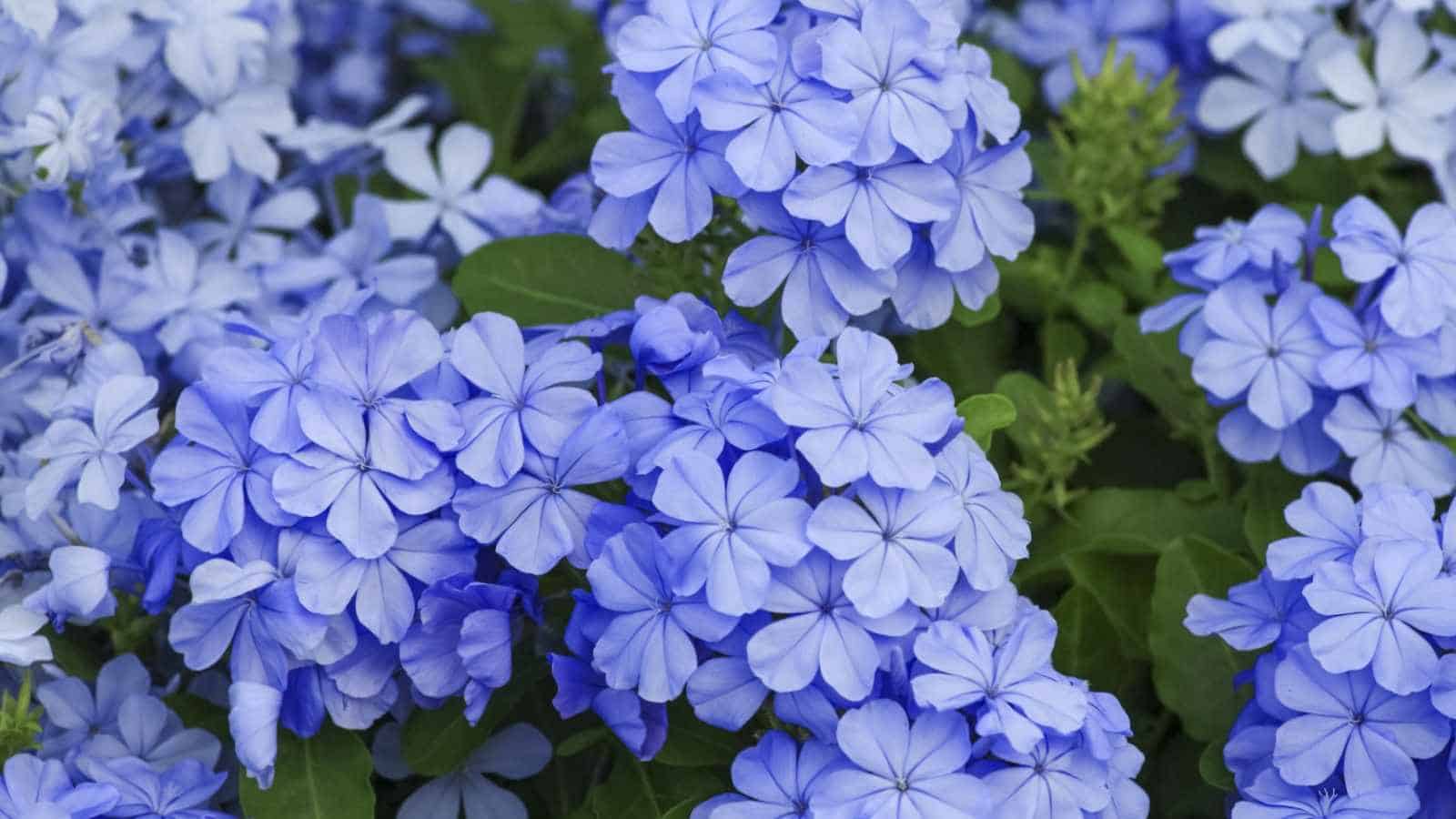The Plumbago plant, also known as the Cape Plumbago or Skyflower, is a stunning flowering shrub that captivates gardeners with its vibrant blue blooms and long-lasting flowering season. Native to South Africa, this plant has gained popularity worldwide for its beauty and adaptability.
Plumbago Plant Varieties
The Plumbago genus comprises several species, each with its unique characteristics. However, the most commonly cultivated species is Plumbago auriculata. This variety is renowned for its beautiful sky-blue flowers, which bloom profusely from late spring to early fall.
Plumbago Plant Characteristics

Growth Habit: Plumbago plants are typically evergreen shrubs with a sprawling or vining growth habit. They can grow quite large, reaching heights of 6 to 10 feet and spreading equally wide.
Cultivating Plumbago Plants
Planting Plumbago Plants
Sunlight: Plumbago plants thrive in full sun. They need at least six hours of direct sunlight per day to produce abundant blooms.
Pruning Plumbago Plants
Pruning is essential to maintain the shape and health of your Plumbago plant. Prune your plant in late winter or early spring to remove dead or damaged branches and encourage new growth. You can also prune to control the size and shape of the plant.
Propagating Plumbago Plants
Plumbago plants can be propagated through stem cuttings. Take stem cuttings in late spring or early summer. Remove the lower leaves and dip the cut end in rooting hormone. Plant the cutting in a pot filled with well-draining potting mix. Keep the soil moist and place the pot in a warm, sunny location. Once the cutting has rooted, you can transplant it into a larger pot or into the garden.
Common Pests and Diseases

Plumbago plants are relatively pest and disease-resistant. However, they can be susceptible to mealybugs and scale insects. These pests can be controlled by using insecticidal soap or neem oil. Additionally, Plumbago plants can be affected by powdery mildew, a fungal disease that can be prevented by ensuring good air circulation around the plant.
Uses of Plumbago Plants
Plumbago plants are versatile and can be used in various ways:
Landscape Plants: Plumbago plants make excellent landscape plants for gardens, borders, and foundation plantings. They can be trained as climbing vines or grown as shrubs.
The Symbolism of Plumbago
In some cultures, the Plumbago plant is associated with love and devotion. Its vibrant blue color is said to symbolize loyalty and faithfulness. The plant is often given as a gift to express deep feelings of love and affection.

The Plumbago plant is a stunning addition to any garden. Its beautiful blue flowers, long-lasting bloom period, and ease of care make it a popular choice among gardeners. Whether you’re looking to add a touch of color to your landscape or create a stunning floral display, the Plumbago plant is an excellent choice.
Plumbago Plant

:max_bytes(150000):strip_icc()/GettyImages-1421983822-a99fba4cf670470a83ef79360be34341.jpg)
